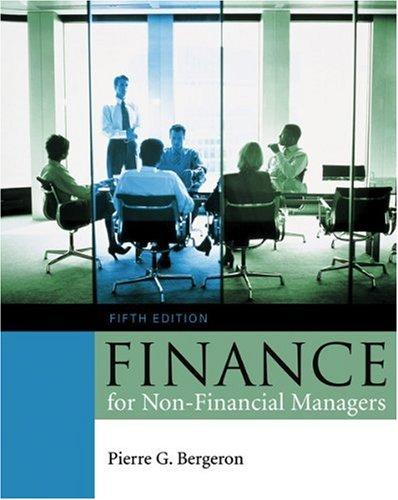1. Recall the VaR (value at risk) example we did in class (BBKB Chapter 2 Excel Example uploaded on D2L). In that example, we conducted a simulation of a 1-month VaR of $IM portfolio, assuming 1% average monthly return and 5% standard deviation of monthly return. Please explore the spreadsheet to recall the details, and also recall that a random monthly return can be generated by Norminv(Rand(),1%,5%) function, which can be seen from the spreadsheet. Now assume that you manage a large portfolio with the current value of $50 million, and also assume the monthly return follow a normal distribution with mean of 1% and standard deviation of 4%. You generate monthly return for 12-month period, and then calculate the portfolio value at the end of the 12th month. (Hint: add 11 more columns to generate monthly return for all 12 months, and the end portfolio value is simply the beginning portfolio value multiply by 1+monthly return for all months, i.e., multiple 12 times). You then run this simulation for 3000 times, and then rank the end portfolio value from the lowest to the highest (1st to 3000th). a) Report your 12-month portfolio VaR estimate, given a 95% confidence level. Save your results in "Sheet1" tab. b) Now set the standard deviation of monthly return to 3% (instead of 4%), and report your new 12-month portfolio VaR, and save your results in "Sheet2" tab. Is your new VaR higher or lower than the one in a)? Attach your spreadsheet. 1. Recall the VaR (value at risk) example we did in class (BBKB Chapter 2 Excel Example uploaded on D2L). In that example, we conducted a simulation of a 1-month VaR of $IM portfolio, assuming 1% average monthly return and 5% standard deviation of monthly return. Please explore the spreadsheet to recall the details, and also recall that a random monthly return can be generated by Norminv(Rand(),1%,5%) function, which can be seen from the spreadsheet. Now assume that you manage a large portfolio with the current value of $50 million, and also assume the monthly return follow a normal distribution with mean of 1% and standard deviation of 4%. You generate monthly return for 12-month period, and then calculate the portfolio value at the end of the 12th month. (Hint: add 11 more columns to generate monthly return for all 12 months, and the end portfolio value is simply the beginning portfolio value multiply by 1+monthly return for all months, i.e., multiple 12 times). You then run this simulation for 3000 times, and then rank the end portfolio value from the lowest to the highest (1st to 3000th). a) Report your 12-month portfolio VaR estimate, given a 95% confidence level. Save your results in "Sheet1" tab. b) Now set the standard deviation of monthly return to 3% (instead of 4%), and report your new 12-month portfolio VaR, and save your results in "Sheet2" tab. Is your new VaR higher or lower than the one in a)? Attach your spreadsheet







